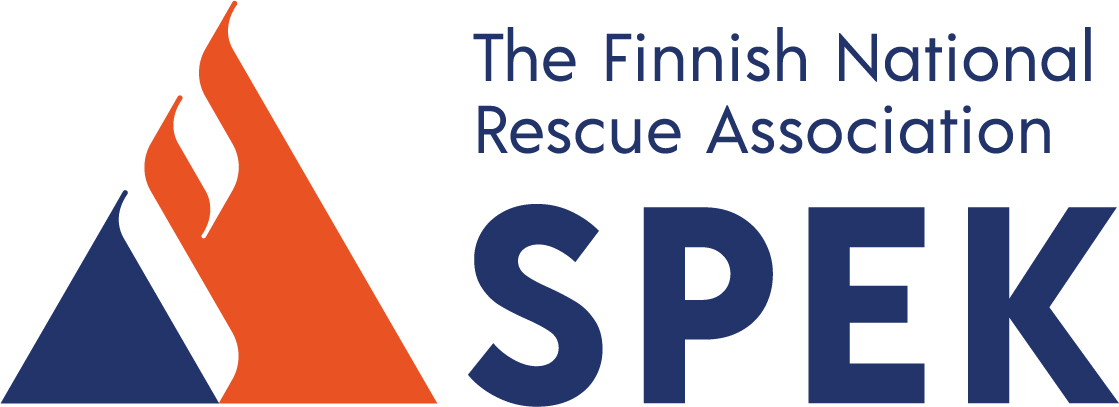In smart construction, responsibility for fire safety is currently fragmented between too many parties, none of whom see the whole picture. This is causing delays and additional costs in construction projects.

It would be important to coordinate all technology being installed into the building during construction, also from the perspective of overall fire safety. If fire safety technology, solutions affecting fire safety and regulatory requirements were taken into account already in the building’s design phase, it would avoid delayed contracts and unnecessary extra costs.
These observations were made in Janne Mäkelä‘s master’s thesis “Integrated fire safety and systems in buildings”. The study was reviewed by Tampere University’s Faculty of Built Environment in May 2020.
Demand for system coordinators with an understanding of overall fire safety
Buildings are being fitted with a growing number of automation systems connected to the internet, and their technical solutions increasingly rely on cloud services.
Platform solutions combining the data masses of several buildings and their technical systems open up new opportunities for developing holistic property management solutions. Traditional fire safety systems could be complemented by, e.g. evacuation and information systems, intelligent lighting systems and sound analysis systems.
Fire safety system packages are relative newcomers in the field of construction and are strongly founded in official requirements. Due to a lack of knowledge of such systems in the construction industry, fire protection technology has not yet been successfully integrated with other automation systems or the existing implementations and culture related to older technical systems.
“It has formed its own, precisely defined area, which also leads to the fragmentation of technical implementations. If you acquire and install a fragmentary system, it is impossible to assemble it into a unified whole operating in accordance with functionality requirements and the original designs any more”, says Safety Expert Lauri Lehto of the Finnish National Rescue Association.
The lack of overall responsibility has also led to varying attitudes to fire safety. This problem could be solved by a system coordinator involved in the construction project from the beginning, who would be familiar with the operating models of the fire safety sector and could coordinate the construction project’s fire safety from start to finish.
What if we also listened to the building’s users?
The study confirms that buildings’ end users and owners should be more closely involved in the early stages of the construction project. If it was known at the design stage that the building’s end users will possibly modify the premises, it would be possible to take adaptability and fire safety into account from the outset.
“If the needs of the building’s users have not been charted, the premises will not be designed to enable varying activities. As a result, the building’s potential for adaptation can be curtailed by fire safety”, Lehto says.
Fire safety is a worthwhile investment
The key shortcomings highlighted in the thesis are the stiff competition in the construction sector, along with a lack of resources, know-how and the necessary baseline data. The study also emphasises the need to increase awareness of fire safety and its benefits.
The technical implementation of building systems has changed significantly over the last 20 years, and there is a lack of expertise and training on fire safety in the sector. The rapid pace of the changes has also left many traditional operators bewildered. Data models and platform solutions create new challenges alongside those specific to traditional design. The rapid digitalisation of automation systems has created a shortage of experts in the industry. Efforts are being made to fill this gap with IT experts. Fire safety too needs to change in the face of these developments.
Developers, building owners and end users need accessible information packages on fire safety options, so that they will be able to recognise and understand the various solutions available on the market.
“Fire safety is not always seen as a cost saving or good investment. But the concept of fire safety is not merely technical. The development of safety culture must be a common goal for all parties”, Lehto says.

